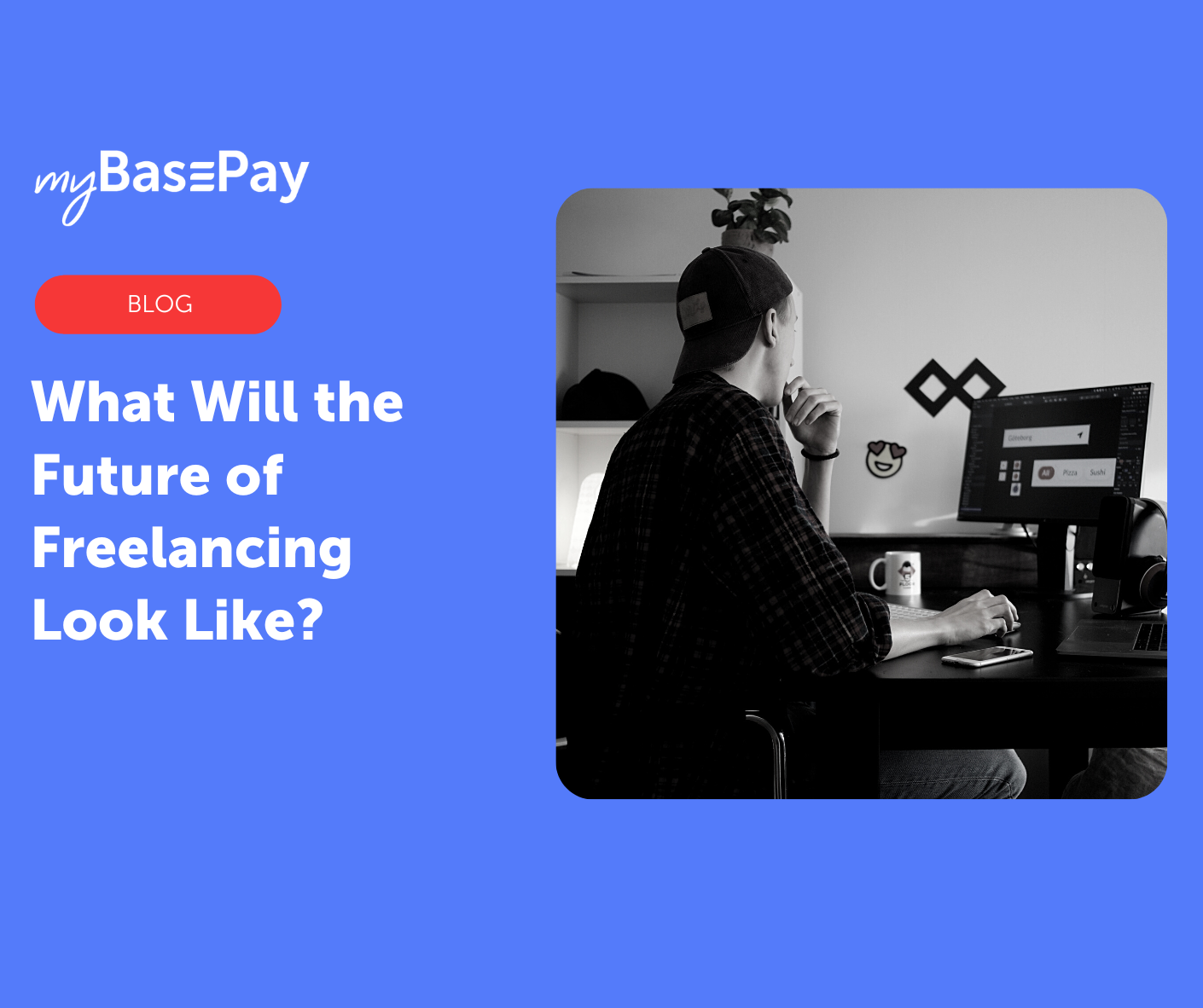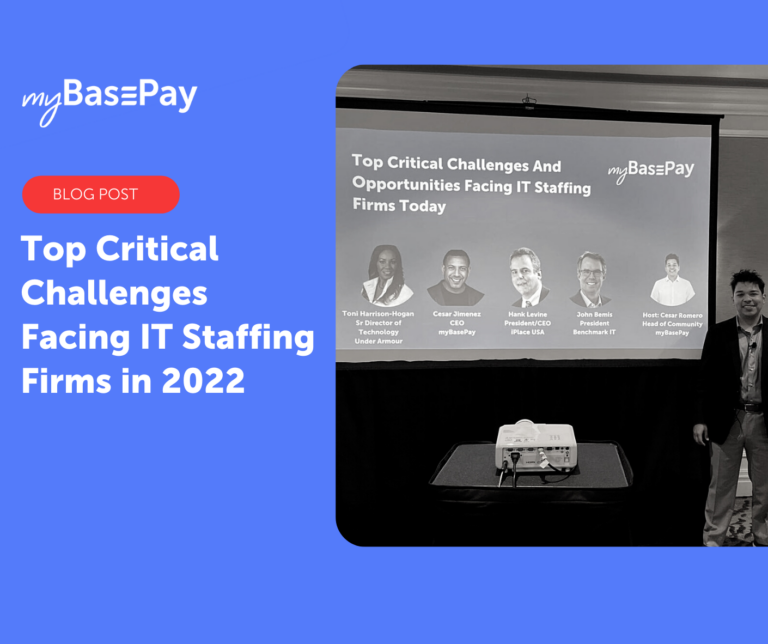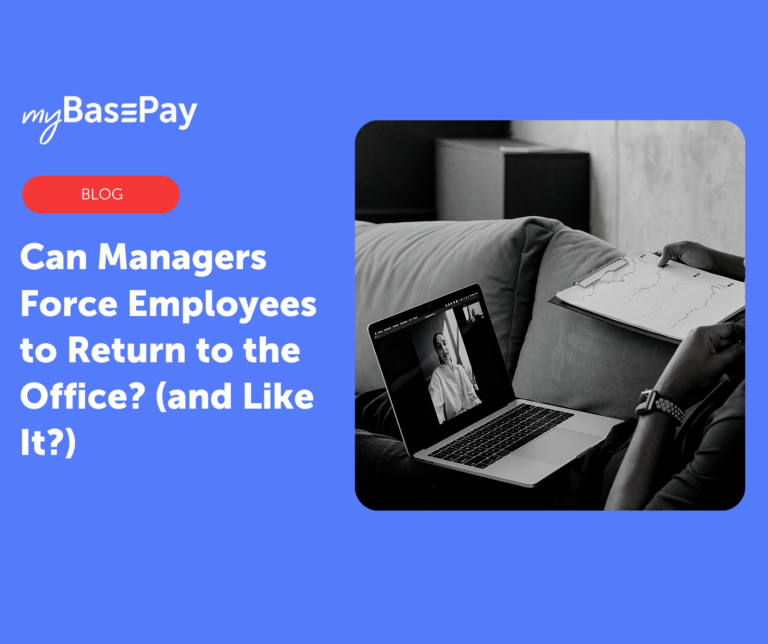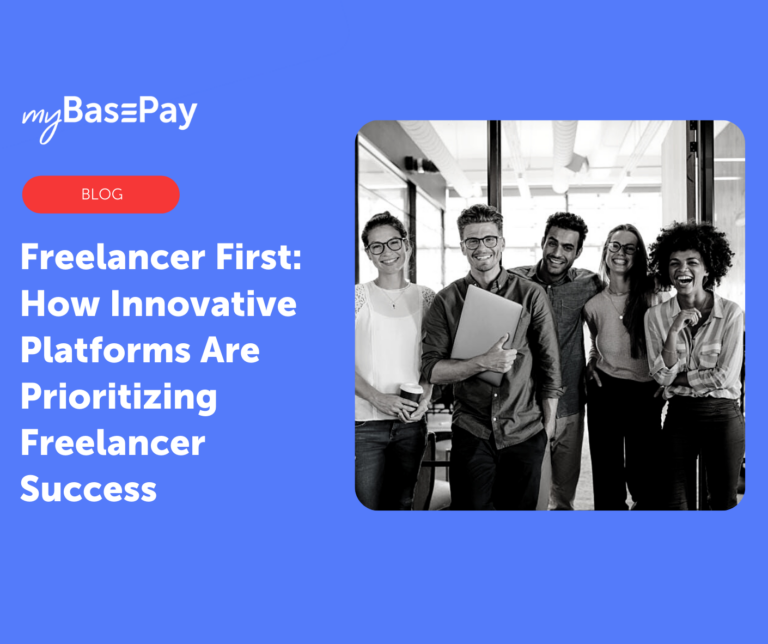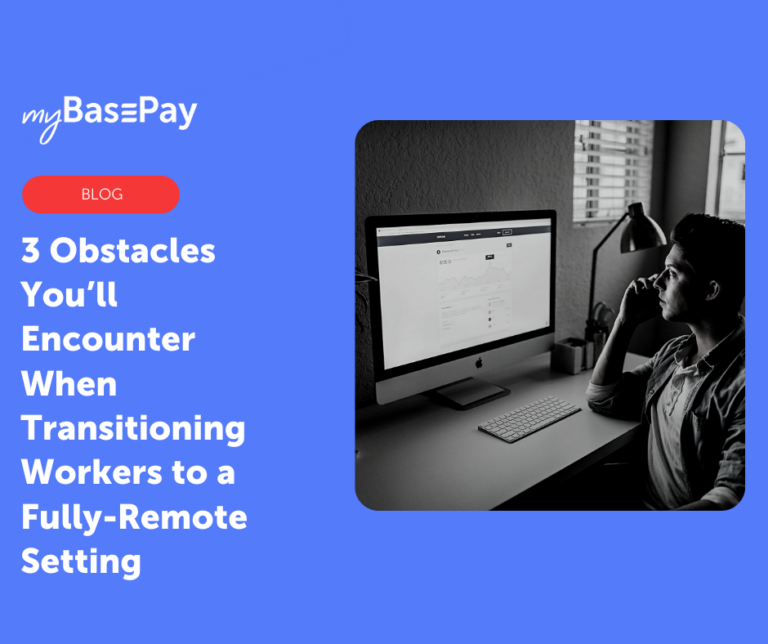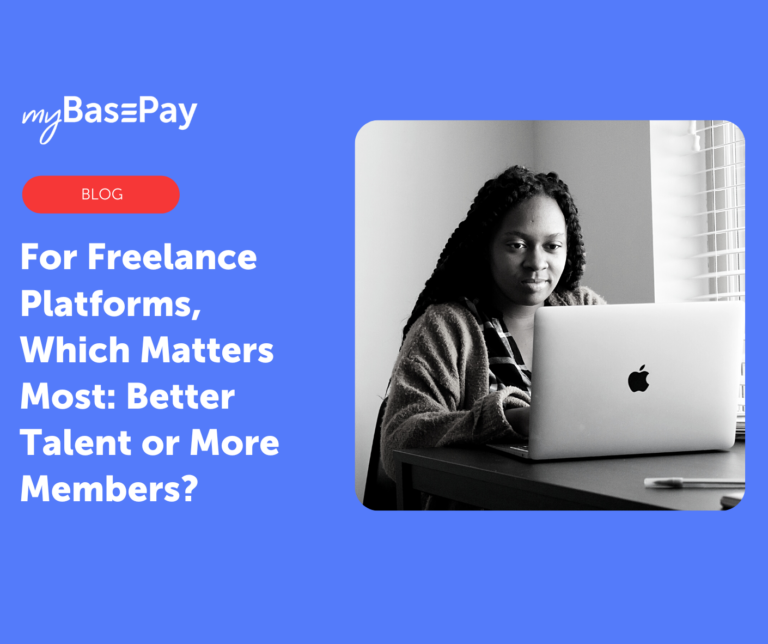What Will the Future of Freelancing Look Like?
Over the past two years, the labor market has experienced monumental shifts. Yet, one constant remains: freelancing. Prior to the early stages of the COVID-19 pandemic, a mere 12% of the U.S. workforce was freelancing.
Now, as we near the end of 2022, freelance workers have contributed $1.3 trillion to the economy, and nearly 40% of the national workforce has been involved in some type of freelance work.
While some temporary freelancers have resumed their in-office operations, the overwhelming majority of non-temporary freelancers have turned to a fully remote and independent working environment. If this growth continues, more than 50% of the workforce will be freelancing by 2027.
And this isn’t just a trend in the United States. As the skilled-based economy continues to pick up steam around the world, other nations can expect to see more workers ditch their nine-to-five corporate jobs in favor of self-employment opportunities such as freelancing.
But what is driving this growth? Why are so many skilled, educated workers turning to freelance? Let’s explore the unique value behind this type of employment, and what workers can expect to see in the future of freelancing.
What Categorizes a Freelancer?
Before diving into areas of growth, it’s important to differentiate freelancing from traditional definitions of temporary work. While freelancers are self-employed, temp workers are still considered part of an organization and must answer to their employer. This makes them eligible to receive benefits similar to those of a full-time traditional employee.
Though freelancers aren’t eligible to receive the same employee benefits, there are other considerable perks, like functioning in a more comfortable workspace, operating with a flexible work schedule, and maintaining a better work-life balance.
Freelancers function as independent contractors who earn wages on a per-project basis, most often in the form of short-term work. Temp workers, however, operate provisionally to move into a more traditional full-time position — hence, the title “temporary.”
Plus, since freelancers don’t belong to a single firm or company like temp workers, they can complete various jobs concurrently from several different clients, unless contractually obligated to work exclusively on a single project until it’s completed.
A Growing Occupation Amongst the Highly Skilled
As freelancing has evolved, so has its labor base. Instead of the task-based gig economy, there has been a shift towards professionals offering skilled freelancing services.
Back in 2019, 45% of freelancers advertised some form of skilled service. From business consulting to computer programming, these skills ranged across all industries and fields. However, in 2021, that percentage of skilled freelancers shot up to 53%.
While some portion of this growth might be due to freelancers offering several types of work, there’s a clear indication that skilled freelancing is growing more amongst educated workers.
According to Upwork, many post-grad students are turning to freelanced work, as it offers workers a greater chance to be in control of their profession in a way that traditional employment doesn’t.
And they’re right — approximately 44% of freelancers say they make more money than they did when working for a traditional employer. Similarly, more than 75% of freelancers see the ability to earn more due to more flexibility and the ability to work remotely.
The trend amongst skilled freelancing is clear: those with advanced degrees and professional education do the most freelancing, and the number of those who do so is increasing rapidly.
The Driving Factor of Freelancing
So, what is causing this growing force of freelancers?
Some hypothesize that the pandemic allowed many professionals to gain different perspectives on how to utilize their careers. Others assume it’s because people are tired of the day-to-day constraints that come with working in a physical office environment.
However, the general census can be summed up with one word: control.
Key findings report that more than half of freelancers say they continue to do so because they can pick and choose their work hours. Twenty percent of freelancers say they enjoy more flexible work schedules. Forty-five percent said freelancing allows them to maintain a better work-life balance. And 61% say they choose to freelance because they can pursue projects they’re genuinely interested in and passionate about.
These statistics collectively show that people become freelancers because it gives them control over where they work, when they work, how they work, and for whom they work. Having control over these circumstances is one of the biggest differences between a freelancer and an employed worker, and it’s perhaps the top motivator for today’s growing freelance force.
Plus, as fields of both technology and education advance, freelancers today have more opportunities than ever before to nurture their entrepreneurial journey. Growing digitization has allowed virtually everyone to learn any skill, enroll in any online course or academic program, and become a successful self-employed freelancer.
Job-searching platforms like Indeed, LinkedIn, and GlassDoor also make it easier for people to always have consistent work. With so much accessibility, it should come as no surprise that more workers are looking to start their freelancing career.
The Future of Work Is Freelancing
Since the global pandemic, the way in which we conduct business has changed more in the past two years than in the past twenty years. Companies can no longer attract and retain workers on the idea of having a “safe and secure” job, because if there is one thing that the pandemic has taught us, it’s that nothing is permanent.
Enter, freelancing. Regardless of your skill or age, anyone can become a freelancer. Today, nearly 60 million people are freelancing: 50% of Gen Z, 44% of millennials, 30% of Gen X, and 36% of boomers. Among those percentages are workers who specialize in various fields and industries, such as marketing, IT, business consulting, design, editing, and writing.
Plus, the way businesses are responding to this freelance shift serves as another big indicator that freelancing is the future. Not only are companies actively searching for skilled freelancers, but they’re also modifying their workplace cultures and processes to replicate the work-life balance achieved by so many freelancers.
As the number and range of freelance opportunities only increase, many can expect the future of work to pivot towards full-time, skilled freelancing.
Author: Cesar Jimenez, myBasePay CEO
Cesar A. Jimenez is an entrepreneur, investor, and military veteran with over 25 years of staffing industry expertise successfully leading technology staffing organizations. His expertise in the IT industry allows him to use his experience as a thought leader for talent acquisition, staffing, IT, and recruitment technologies with a passion for contingent workforce solutions. Cesar has held various leadership roles for both a global staffing organization and technology solutions companies. This expertise has enabled him to develop alternative workforce models that provide the agility for organizations to be competitive in today’s marketplace. In his spare time, he enjoys spending time with hisfamily, working out, and coaching high school baseball players.
